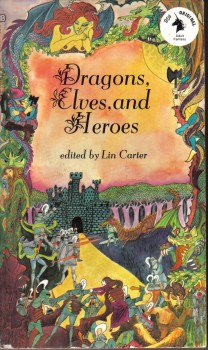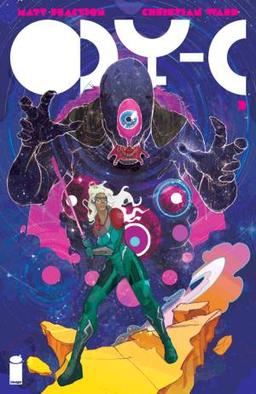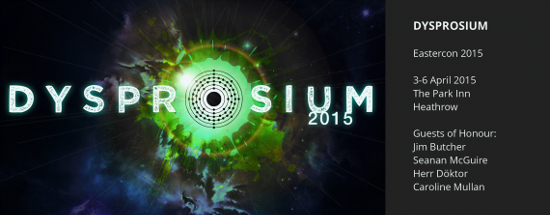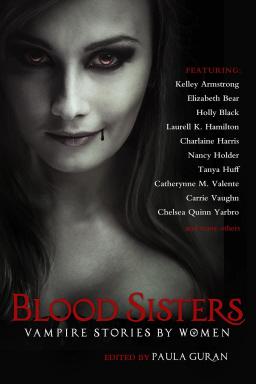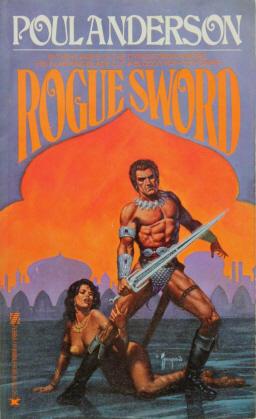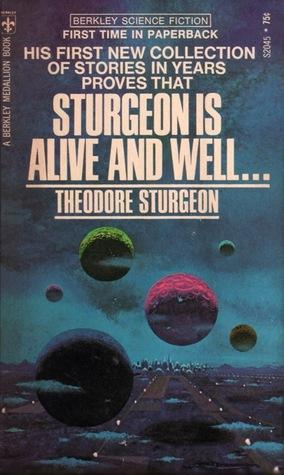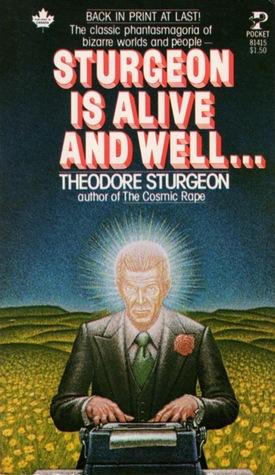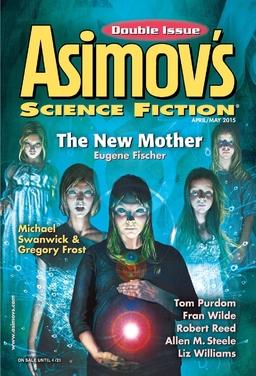New Treasures: Image Firsts Compendium, Volume One
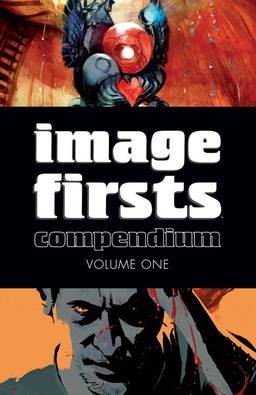 There’s a lot of good work going on in comics. Correction: there’s a lot of great work going on in comics, especially if you’re a fantasy fan.
There’s a lot of good work going on in comics. Correction: there’s a lot of great work going on in comics, especially if you’re a fantasy fan.
It’s hard to keep up with it all. However, I’ve developed a simple system over the years. Once a month I visit my local comic shop here in St. Charles (Graham Cracker Comics; and here’s a shout out to Dan W. and Kurt Biallas, who’ve been selling me terrific comics since Kurt was about ten years old), and buy the first few issues of anything that looks interesting.
I take them home and give them to my 19-year-old son Timothy, whom I’ve studiously trained in the art of comics — starting by reading the entire Lee-Ditko run on Amazing Spider-man to him and his younger brother Drew when they were both still in footie jammies. Timothy patiently reads these comics cover-to-cover, and lets me know which ones are worth my time.
Everyone should have a 19 year-old son like Timothy. He’s also handy when the lawn needs to be mowed, or the driveway needs to be shoveled.
Sadly, Timothy made an unfortunate life choice last year (unfortunate for me, anyway). He went off to college in another state. The stack of comics waiting to be read now fills nearly an entire box, and it’s gathering dust in the corner, neglected. Clearly, I need a new system.
Apparently I’m not the only person to have this problem. When I was in the comic shop last month, I found Image Firsts Compendium, Volume One propped up near the cash register. It’s a fat, 320-page full cover graphic novel, containing the first issues of no less than nine new titles from Image Comics. And it’s priced at $5.99 — less than it will cost you for two measly comics.
